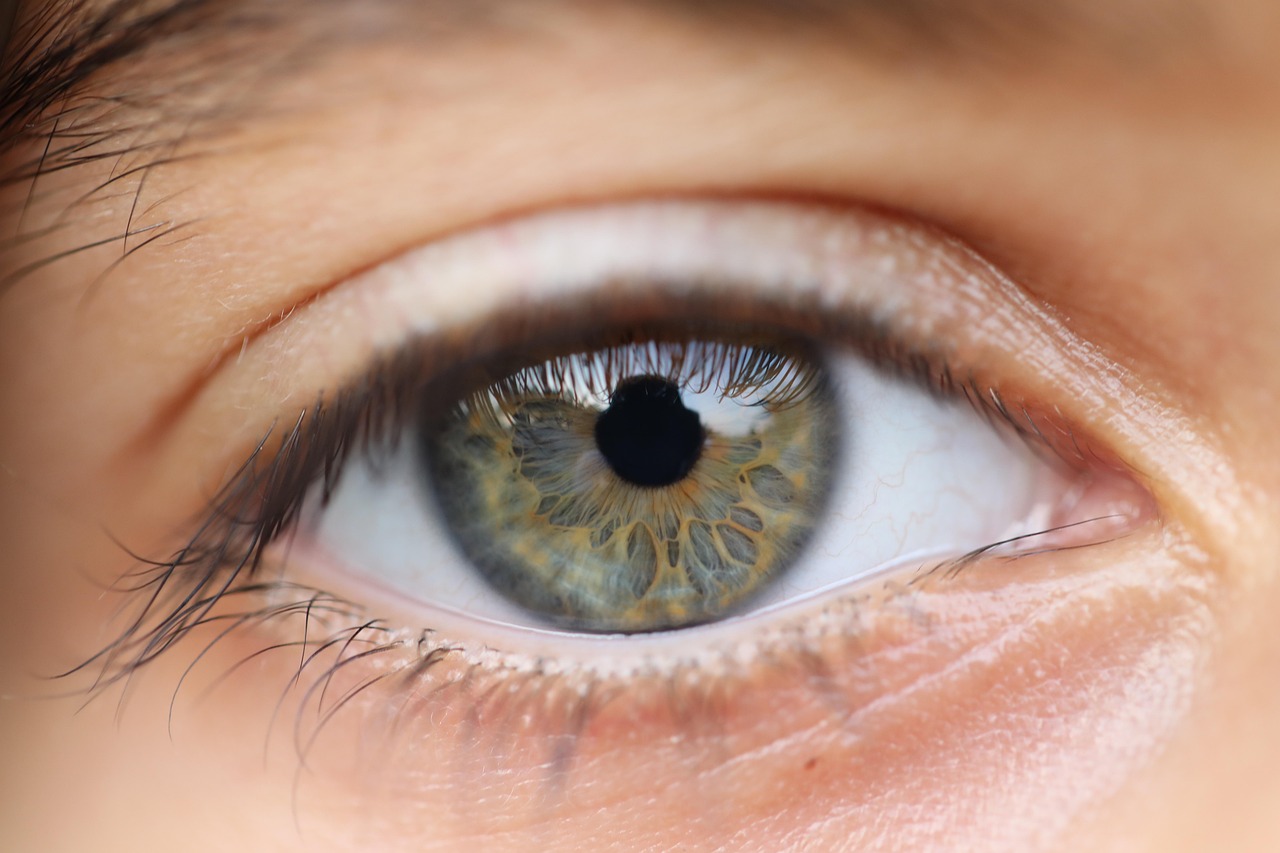Conquering Eye Bags: A Deep Dive into Causes and Solutions
Eye bags, or under-eye puffiness, have been a common concern for centuries. The famous beauty Cleopatra was said to use a special concoction of crushed ants and carmine to hide her eye bags. Throughout history, various cultures have developed unique remedies to combat this issue, from chilled cucumber slices to tea bags. Today, in our modern world, eye bags continue to be a source of distress for many, often seen as a sign of aging or lack of sleep.

In the past, the only effective solution for treating eye bags was surgical intervention. Blepharoplasty, a surgical procedure that removes excess skin and fat from the under-eye area, was and still is a popular choice. However, as our understanding of the skin increases, so too do our treatment options. From creams and serums to non-invasive technologies, our approach to dealing with eye bags has significantly evolved, reflecting the advancements in skincare technology.
The Science Behind Eye Bags
Eye bags are caused by several factors. Aging is the most common cause, as the skin under our eyes becomes thinner and loses its elasticity over time. This thinning allows the fat that cushions the eye in its socket to protrude, causing a bag-like appearance.
Other factors contributing to eye bags include fluid retention, allergies, and sleep deprivation. Lifestyle habits like smoking or high salt intake can also exacerbate the condition. It’s important to consider these factors when seeking a solution for under-eye puffiness, as the most effective treatments will address the root cause of the problem.
Modern Solutions and Their Impact
Today’s skincare industry offers a plethora of solutions to tackle eye bags. Topical creams and serums, rich in active ingredients like retinol, vitamin C, and hyaluronic acid, are popular choices. These ingredients work by boosting collagen production, hydrating the skin, and reducing pigmentation, thus diminishing the appearance of eye bags.
Non-invasive technologies have also made a significant impact on treating eye bags. Treatments like radiofrequency, infrared, and laser therapies stimulate collagen production, tighten the skin, and improve blood circulation, helping to reduce under-eye puffiness.
The rise of these non-surgical options has undoubtedly democratized the treatment of eye bags, making it more accessible to a broader audience. Previously, those seeking to address this issue had to bear the cost and risks associated with surgery. Now, effective remedies can be found in skincare aisles, beauty salons, and even our own homes.
Reception and Perception of Eye Bags
Despite the numerous solutions available, it’s essential to acknowledge the cultural shift in how we perceive eye bags. In some societies, what we consider a flaw is seen as a mark of distinction or experience. In South Korea, for instance, aegyo-sal (or “cute skin”) refers to the slight puffiness under the eyes that is considered attractive and youthful.
Moreover, with the rise of body positivity and acceptance movements, many are learning to embrace their natural features, including eye bags. This shift in societal perception underscores the importance of individual comfort and self-perception over societal beauty standards.
Insights and Future Trends
As our understanding of skin and its needs continues to evolve, so too will our approach to tackling eye bags. Future trends may see an increase in personalized skincare, with products and treatments tailored to individual genetic makeup and lifestyle factors.
Moreover, the increasing popularity of holistic and natural remedies may also shape the future of eye bag treatment. From dietary changes to facial exercises and massage techniques, these approaches focus on treating the root causes of under-eye puffiness rather than just masking the symptoms.
In conclusion, while eye bags have been a beauty concern for centuries, our approach to them has significantly evolved over time. From surgical interventions to creams, serums, and non-invasive procedures, we now have a myriad of options to combat this issue. As we continue to progress in our understanding of skin, we can look forward to even more effective and personalized solutions in the future.





